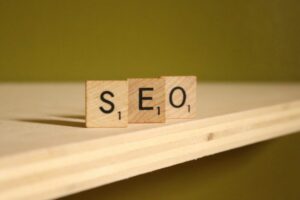Imagine a world where you could control your home appliances, lights, and even security systems with just the sound of your voice. No, this isn’t a scene from a sci-fi movie – it’s the reality of smart home technology today. With the rapid advancements in artificial intelligence and voice recognition technology, smart home devices have become more intuitive and accessible than ever before.
According to a report by Statista, the global smart home market is expected to reach a staggering $141 billion by 2023. This exponential growth can be attributed to the convenience and efficiency that smart home devices offer to consumers. From thermostats that learn your preferred temperature settings to voice-activated virtual assistants that can answer questions and play music, the possibilities are endless.
Key players in this industry, such as Amazon, Google, and Apple, are constantly pushing the boundaries of innovation to stay ahead of the competition. Amazon’s Alexa, for example, has over 100,000 skills available, allowing users to do everything from ordering pizza to controlling their smart home devices seamlessly.
As smart home technology continues to evolve, it raises questions about privacy and security. With more devices collecting personal data, there is a growing concern about data breaches and unauthorized access. Companies and regulators will need to work together to establish robust security measures to protect consumers’ information.
In conclusion, the rise of smart home technology represents a paradigm shift in how we interact with our living spaces. As we embrace these advancements, it’s crucial to strike a balance between convenience and privacy to ensure a seamless and secure user experience.



